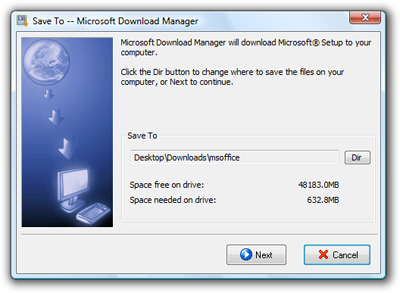You’ve proudly finished a 200-page dissertation that’s going to put you in the academic record books. You go over to your computer to grab the file so you can print it out and you’re faced with a gaping void of nothingness. Whether a virus is happily roaming through your system or your hard drive has decided that it’s had enough with life, you’re looking at a computer that doesn’t have the most precious of files. Before you embark on a technology related meltdown, take a look at data recovery options that will save your hide time and time again.
Even when your data is deleted from a hard drive, that doesn’t necessarily mean that it’s gone for good. The data still exists on the physical drive until that particular sector is overwritten with new data. The reference to the file is simply removed from the file system so you aren’t able to see it while it’s hanging around in file purgatory. That’s what makes viruses that both delete data and write files until it fills up your disk so deadly.
The gist of that explanation is that you can get your data back, but you need the proper tools to do it. There are quite a few different data recovery tools out there, and you might have to go through some trial and error periods to figure out exactly what you might want in terms of these tools. It doesn’t really matter which operating system you’re on either, since Mac, Windows and Linux are all rocking them out. Many data recovery tools also have a trial period for the paid software, so you can confirm they actually work before you pay any money to use them.
If you really, really need the data and you’re looking at something more like a hard drive hardware failure, there are specialized data recovery companies with machines that can read your data directly off of the drive platters. This option is far more expensive than data recovery software, however, so you don’t want to use them lightly. Plus there are some situations where the disk is just too damaged or the data is just so lost in overwriting that recovery efforts would just result in wasted time and money.
After you’ve recovered your data with whatever method you choose, you need to look at ways of preventing disaster. While you can’t account for every eventuality, you do have many different backup solutions that you can put to work for you. Something as simple as a thumb drive for all of your files, or as advanced as a complete cloud based backup server may save your hide down the road. Don’t be lost without your data, especially if it’s the result of many hours of work. You don’t want to have to do everything over again when about 20 minutes of setting up a backup solution could have helped you avoid this entire mess.
























Leave a Reply